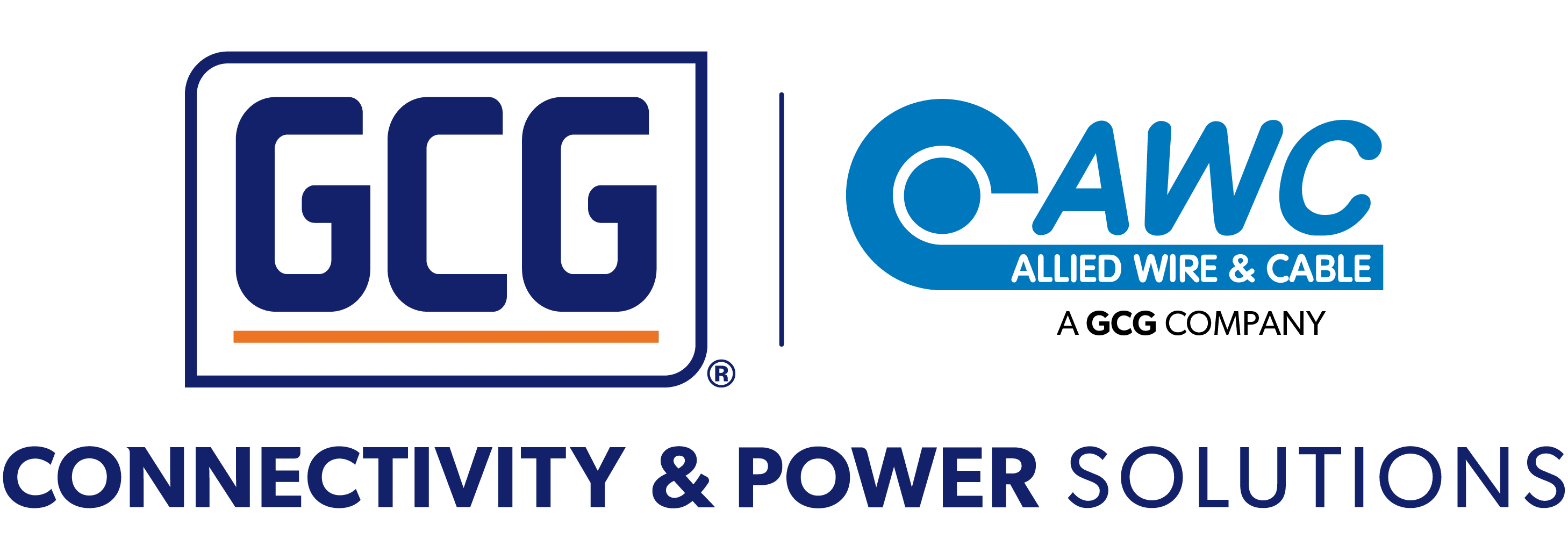Our thermostat wires and cables are manufactured with premium PVC (polyvinylchloride) insulation and are available with either a white or brown outer jacket. Designed for reliability and flexibility, our jacketed thermostat wire features annealed solid bare copper conductors in both 20 AWG and 18 AWG sizes, with a wide operating temperature range from -20ºC to +105ºC. Unjacketed versions are also available to meet diverse installation needs.
Thermostat wire is ideal for a wide range of low-voltage applications, including thermostat control systems, heating and air conditioning installations, remote control circuits, signal systems, and intercom wiring. All of our Thermostat Cables are UL Listed Type CL2, and our 18 AWG models are CSA Type LVT approved for safe and compliant use.
Thermostat Wire Frequently Asked Questions
What gauge wire is recommended for thermostat wiring?
Most thermostat installations use 18-gauge or 20-gauge wire. These gauges are suitable for low-voltage applications since thermostat systems require only a limited amount of current.
How many wires are required for a thermostat?
The number of wires needed depends on your HVAC system and the thermostat's functionality. Basic systems may use 3–4 wires (power, ground, heating, cooling), while advanced thermostats can require more. Simpler devices, like heater-only thermostats, may only need 3 wires.
Can I reuse existing thermostat wire?
Yes, you can reuse existing thermostat wire if it's in good condition and the correct gauge. Inspect the insulation for cracks or damage. If compromised, the wire should be replaced.
Is it possible to install a thermostat without hiring a professional?
Yes, DIY installation is possible, but it requires basic knowledge of electrical systems. Always follow the thermostat’s manual and consult an expert if unsure.
What happens if thermostat wiring is incorrect?
Incorrect wiring may cause the HVAC system to malfunction — such as running continuously, failing to turn on, or causing system damage. It can also result in higher energy costs or system inefficiencies.
Allied University: How to Prevent Shrink Back on Small Gauge Wire






